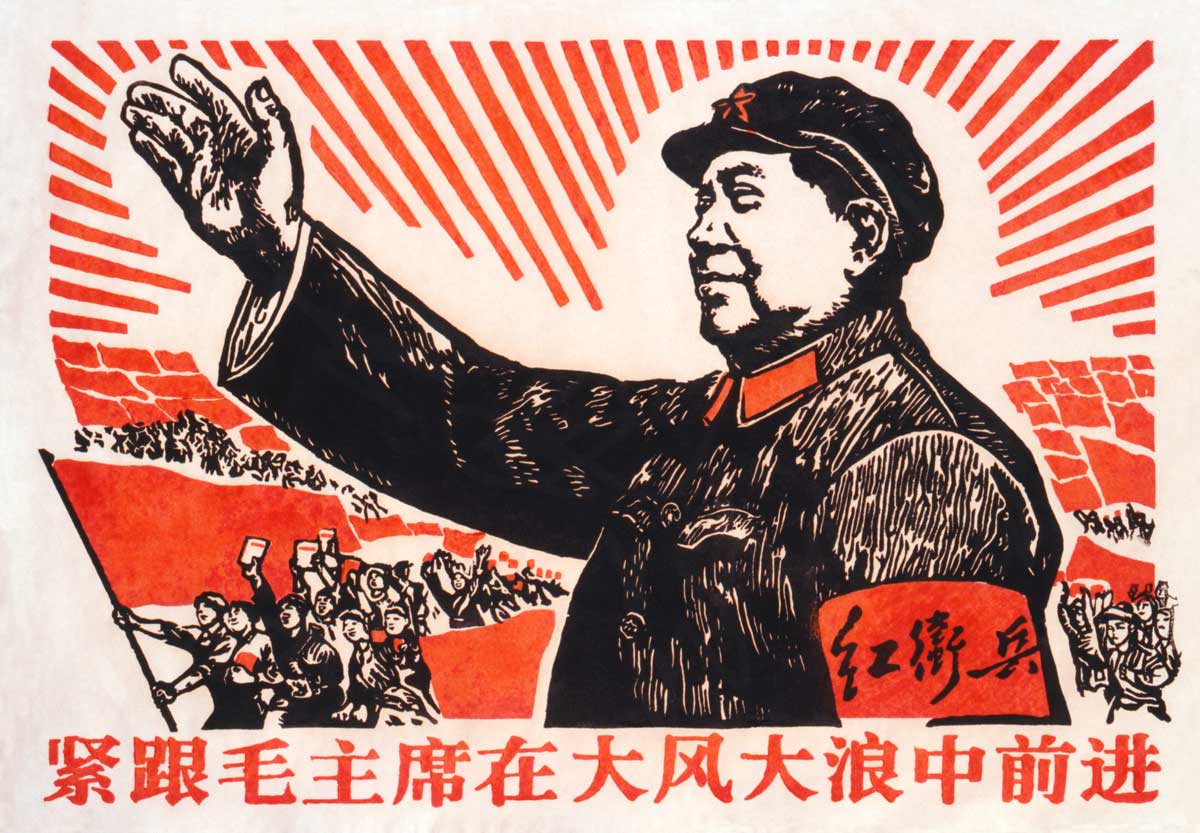The Great Dictators | History Today - 2 minutes read

Throughout the 20th century, hundreds of millions of people cheered their dictators, even as they were herded down the road to serfdom. Across the planet, the faces of Hitler, Mussolini, Mao, Stalin and others appeared on hoardings and buildings, with portraits in every school, office and factory. Ordinary people had to bow to his likeness, pass by his statue, recite his work, praise his name, extol his genius.
The glorification of a dictator has been called the cult of personality. At its heart lies a paradox: the modern dictator must create the illusion of popular support. In an age of democracy, the people are supposed to be sovereign and select their leader through an election. But dictators opt to seize power by organising a coup or by rigging the system. Power seized through violence must be maintained by violence. A dictator must rely on military forces, a secret police, a praetorian guard, spies, informants, interrogators and torturers. It is best to pretend that coercion is actually consent.
The cult of personality
If dictators were afraid of their own people, they were even more fearful of their entourage. Alone, they were weak. Had they been strong, they would have been elected by majority. Instead, they decided to take a shortcut, often over the bodies of their opponents. But, if they could seize power, others could, too. All of them had to contend with rivals, often just as ruthless as they, waiting to take their place.